
Almost every niche has been filled, and some exhausted, in today’s car world. It feels like everything is slowly melting into some sort of SUV or crossover. There are times, however, when free-thinking prevails when it comes to cars. Here’s a list of those ahead of their time, in easy-to-digest A-to-Z order.
AMC Eagle
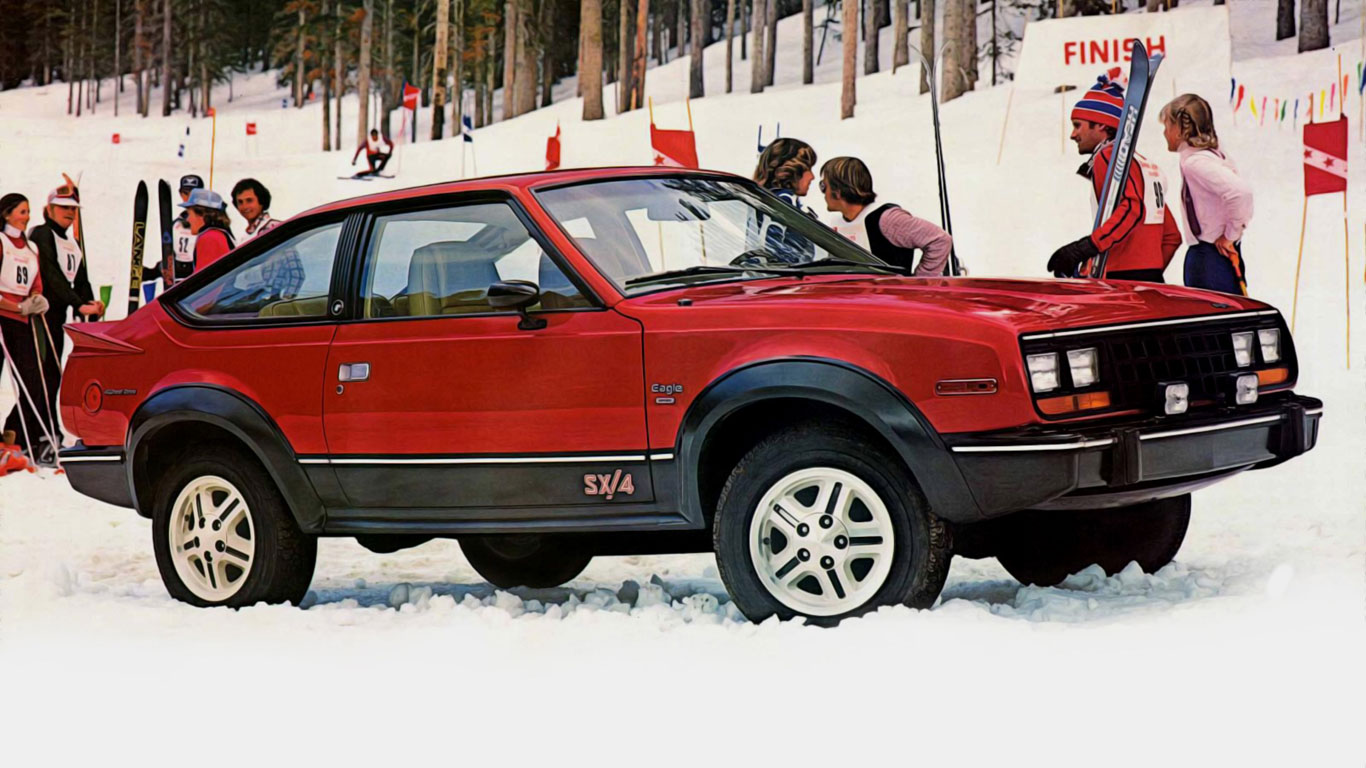
The AMC Eagle landed in 1979 and arrived at a time when a crossover was merely something you did to get to the other side of the road. MotorWeek described it as a car that was “put together by a committee”, designed to carry passengers in comfort, in the foulest weather, and on the roughest roads. The Eagle was, if you like, a golden example of the kind of forward-thinking we can all applaud, even if the world wasn’t bold enough to accept it.
Aston Martin Lagonda
Launched in 1976, the wedgetastic Series 2 Lagonda featured a dashboard so futuristic, even the 1980s refused to let it in. Touch-sensitive controls and plasma displays were unheard of in the late 70s, and back then, Aston Martin engineers couldn’t WhatsApp NASA for some advice when things went wrong. So, the invisible touch controls and plasma screens were dropped in 1980, but the twin decks and digital instruments remained.
Find a used Aston Martin Lagonda on Auto Trader
Audi A2
The A2: a car so advanced, Audi could launch it today, and it would still feel fresh and relevant. It’s hard to believe that it’s nearly two decades since the lightweight, low drag and highly-efficient aluminium A2 went on a tour of the London Eye, promising to herald the dawn of a new breed of superminis. For Audi, it was an unmitigated disaster – the firm reportedly lost £4,000 on every A2 it sold – but the thinking was so far ahead of the curve, we haven’t seen anything like it since. Except, maybe, the BMW i3.
Find a used Audi A2 on Auto Trader
Audi A8
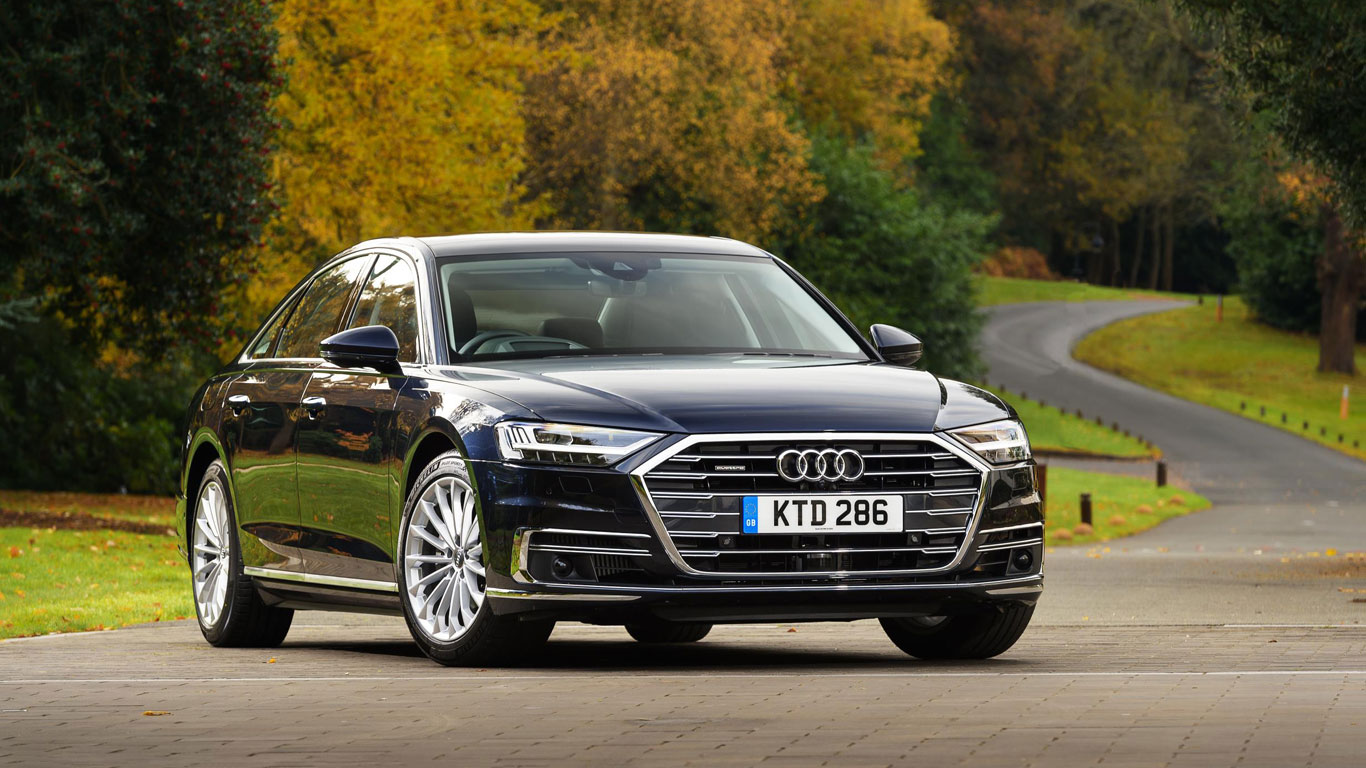
The Audi A8 represents the future, right now. The flagship saloon is the first production car to be developed specifically for Level 3 autonomous driving, with self-driving technology so advanced, it cannot be used in the UK due to current legislation. Put simply, the technology is advancing at such a rate, the laws of the road cannot keep up.
Find a used Audi A8 on Auto Trader
Chevrolet Corvair
Pity the poor Chevrolet Corvair. Launched in 1959, the Corvair was GM’s answer to the new wave of imported cars and a cost-effective alternative to the larger US saloon cars. But the combination of a rear engine and a swing axle resulted in unpredictable cornering characteristics, leading to a series of fatal single-vehicle accidents. In his book, Unsafe at Any Speed, Ralph Nader argued that GM wasted several years refusing to acknowledge the problem, delaying vital modifications. According to the book Fifty Cars That Changed The World: “Between them, Nader and the Corvair launched consumerism and changed forever the relationship between customer and manufacturer.”
Find a used Chevrolet on Auto Trader
Chrysler Airflow
Here we see the world’s first streamlined car pictured alongside the world’s first streamlined train: the Union Pacific M-10000. The year was 1934, and for the first time, a car had been designed with aerodynamics in mind. Nobody had seen anything quite like the Chrysler Airflow, but the combination of its radical design and the effects of the Great Depression resulted in weak sales.
Find a used Chrysler on Auto Trader
Chrysler Turbine Car
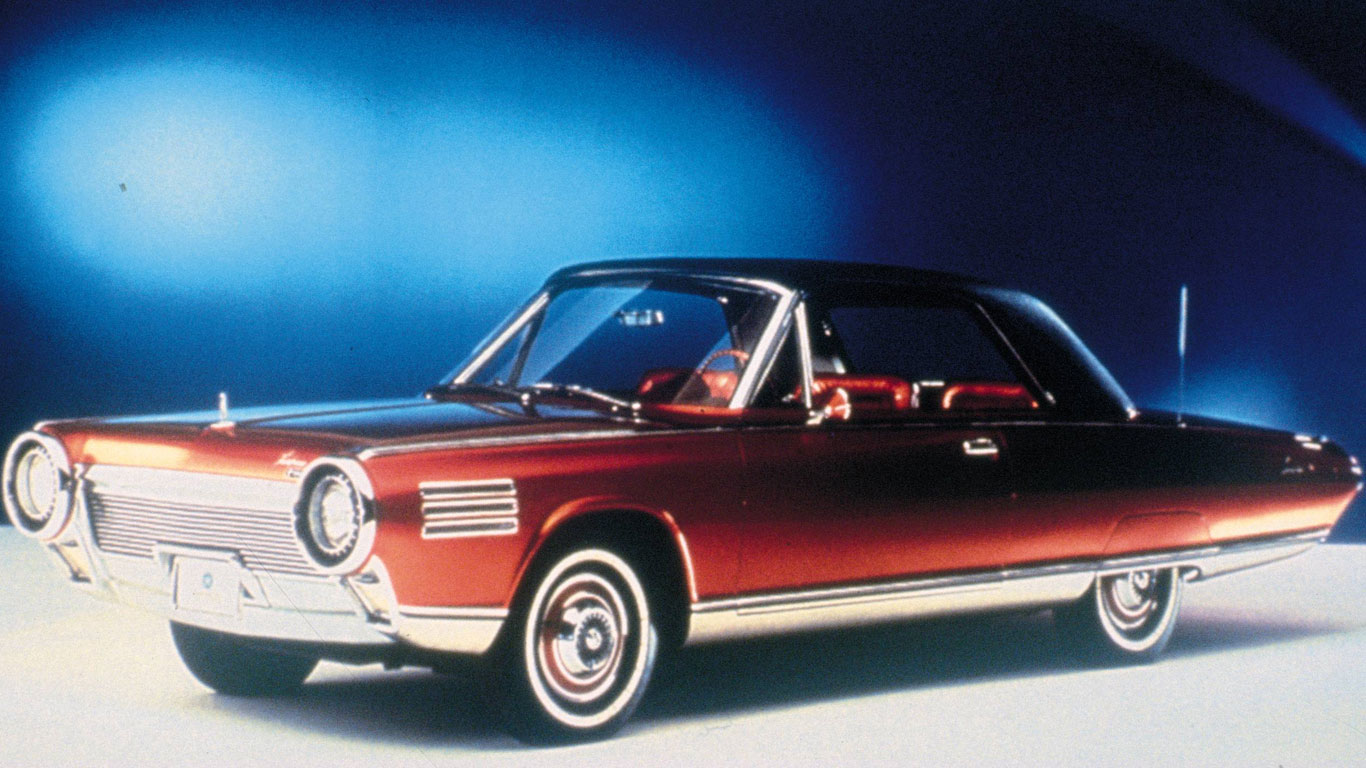
“How different would America be now if we all drove turbine-powered cars?” ponders Steve Lehto in his excellent book on the Chrysler Turbine Car. It’s a fair question, because even today, the idea of jet-powered cars sounds futuristic and exciting. It could run on any fuel that would burn with oxygen – peanut oil, perfume, tequila, for example. How useful would that be in 2018? Sadly, the project was abandoned, and all but a handful of examples were scrapped.
Find a used Chrysler on Auto Trader
Cisitalia 202 Berlinetta
As the first car to go on permanent display at the Museum of Modern Art in New York, the Cisitalia 202 has secured a paragraph in the big book of motoring history. For Pininfarina, this was a turning point in car design – an effortlessly elegant car, with no reliance on fins, chrome or excess. The Cisitalia would have looked contemporary in the 1960s, yet it was unveiled in 1947.
Citroen DS
“The most complicated car made anywhere in Europe; the most comfortable car made anywhere in the world.” This quote from Motor in 1956 encapsulates all that was great about the DS, a car so groundbreaking, Citroen had taken 12,000 orders by the end of the first day of the 1955 Paris Motor Show.
Find a used Citroen DS on Auto Trader
Citroen Traction Avant
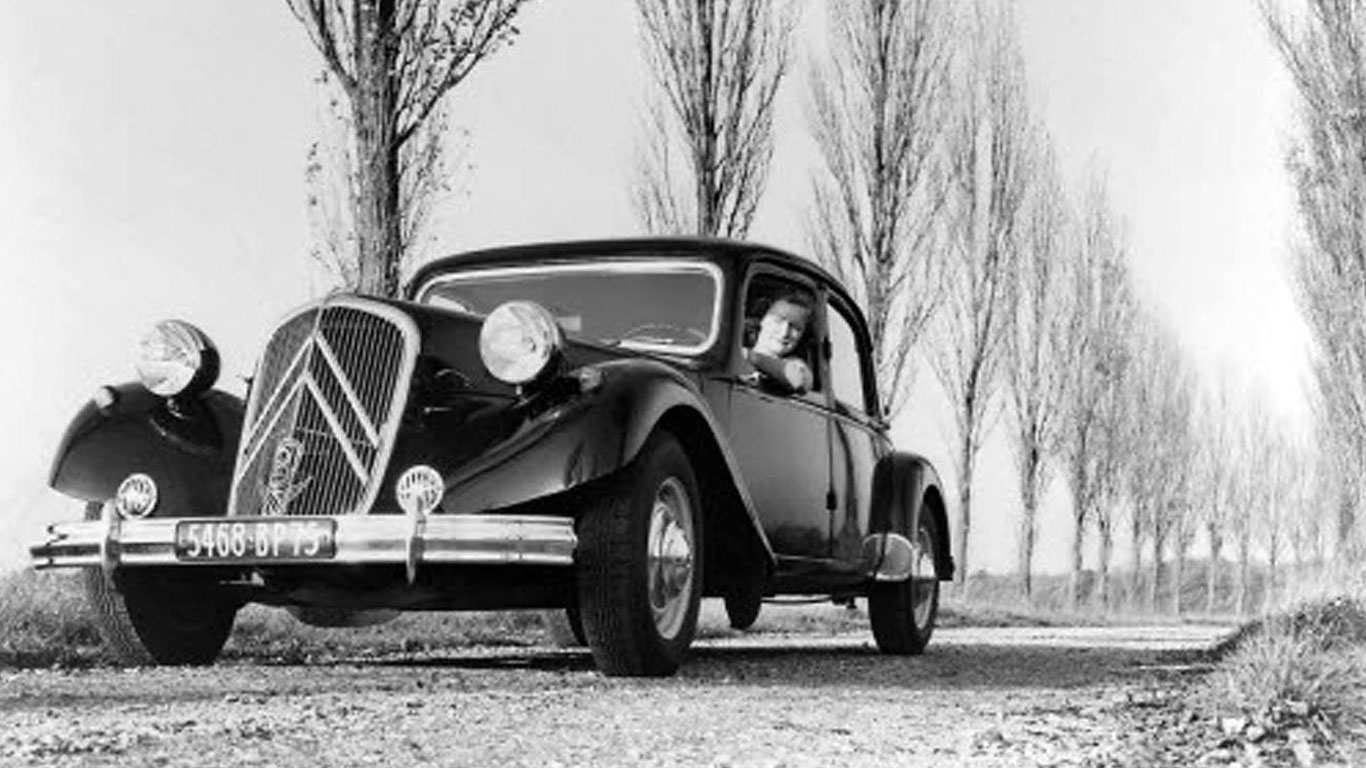
The Citroen Traction Avant wasn’t the world’s first front-wheel drive car, but with its low centre of gravity and all-steel monocoque aerodynamic body, it set the standard for ride and handling. In short, the car you drive today can probably trace its roots back to the Traction Avant.
Find a used Citroen on Auto Trader
Enfield 8000
The Enfield 8000 emerged out of a competition run by the United Kingdom Electricity Council in 1966 when companies were asked to submit proposals for a Battery Electric Vehicle (BEV). The little two-seater city car arrived in 1973, with 120 units built on the Isle of Wight, of which 65 were by the Electricity Council and electricity of boards of southern England. Pictured is Jonny Smith’s Flux Capacitor: the world’s fastest street-legal EV.
Ford Sierra
The Sierra proved to be incredibly popular for Ford, but things could have been so different. Mechanically, it might have been similar to the Cortina, but fleet managers and family guys were shocked and appalled by the jelly-mould styling. Buyers flocked to the Vauxhall Cavalier in their droves, but Ford stuck with it, and the rest of the world played catch-up.
Find a used Ford Sierra on Auto Trader
Ford Model T
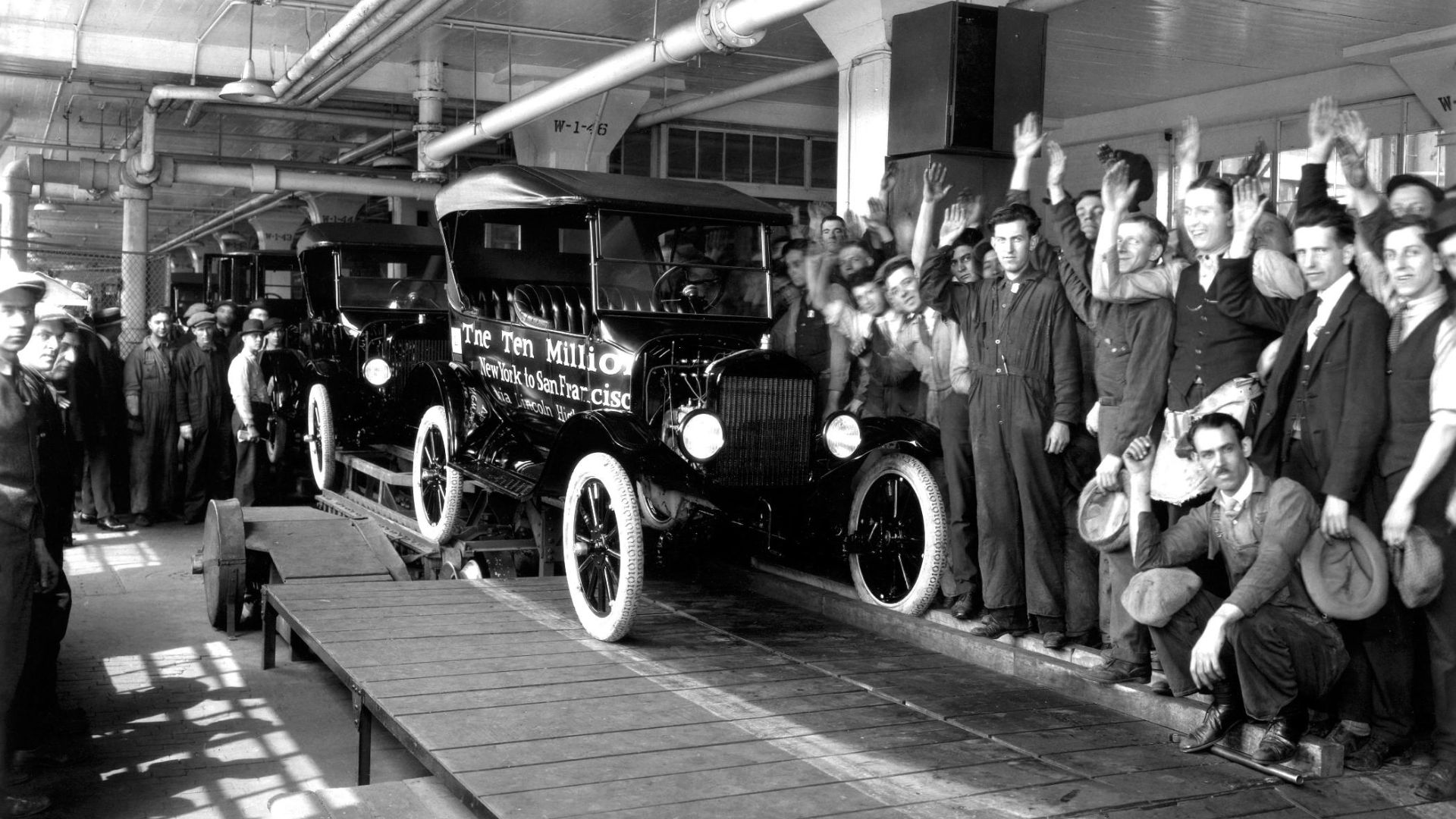
When the Model T debuted in 1908, it was difficult not be a trailblazer. These were still the car’s fledgling years, after all. The Model T stands out because it brought motoring to the masses. It was arguably the world’s first affordable car, costing from just $260. It owes its success to the rate of production afforded by Ford’s new conveyor belt line. A Model T emerged from Detroit every 93 minutes. To this day, it’s one of the most-produced cars ever, with 16.5 million sold. The Volkswagen Beetle only surpassed its sales record in 1972.
GM EV1
Another case of what might have been, General Motors launched the world’s first mass-produced and purpose-built electric car in 1996. Customers in California and Arizona who paid $549 a month to lease the EV1 loved their pioneering leccy vehicle, but when the leases expired, GM pulled the plug and unceremoniously destroyed most of the cars.
GM Electrovan
Before the Toyota Mirai and Honda FCX Clarity, there was this: the General Motors Electrovan. Launched in 1966, the fuel cell-powered van was about 50 years ahead of its time, with its liquid hydrogen and oxygen tanks delivering up to 150 miles of range. Sadly, the van’s complexity, weight and cost meant that it never became a commercial reality.
GM LeSabre Concept Car
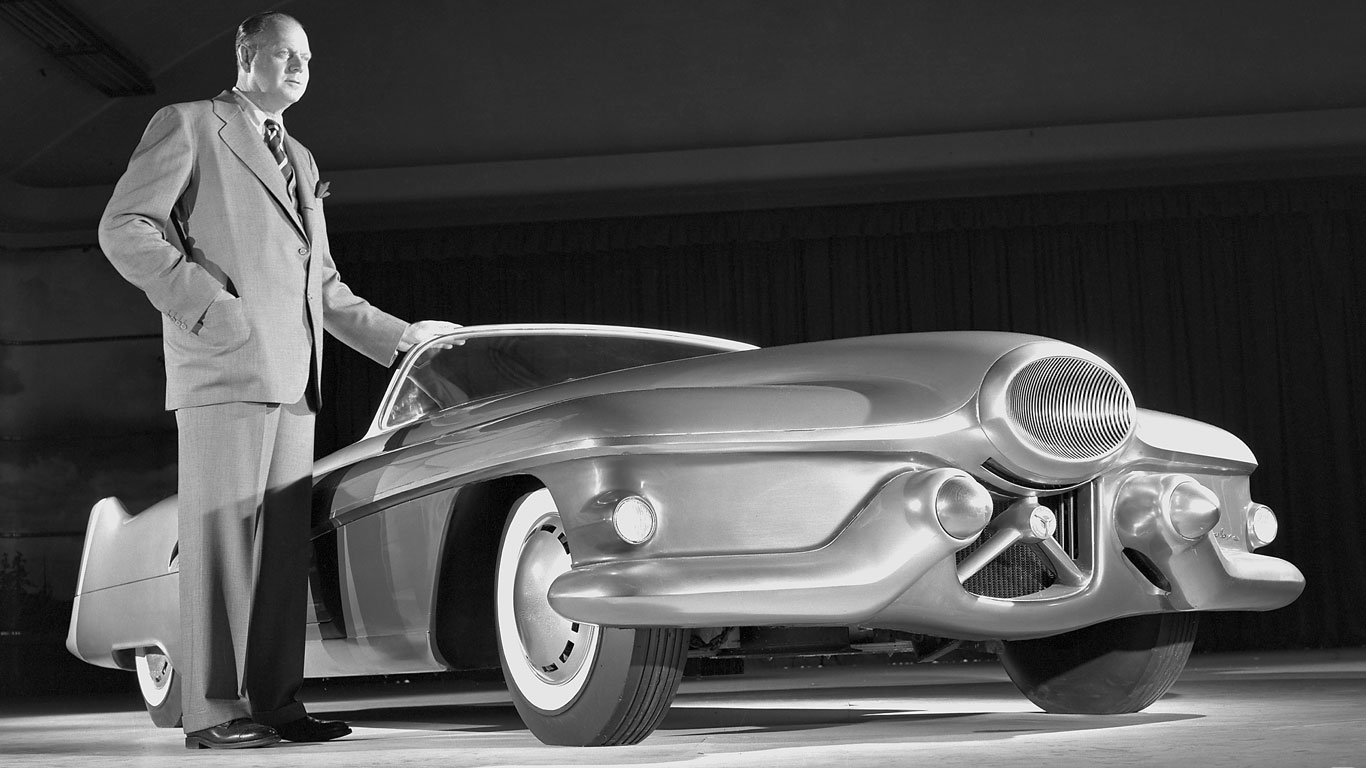
The General Motors LeSabre of 1951 was one of the world’s first concept cars, a relatively new idea at the time, with cars built as trendsetters and beacons of the future. As explained by Car Design News, the LeSabre introduced massive proportions, acres of chrome and rocketship styling. For a while, this was the personal car of Harley Earl, GM’s design chief.
Honda Insight
Today, hybrids are commonplace, but things were different at the turn of the millennium. Along with the Toyota Prius, the original Honda Insight pioneered the concept of hybrid technology, with power sourced from a three-cylinder 1.0-litre VTEC engine combined with an Integrated Motor Assist (IMA). As much as 83.1mpg could be achieved on a combined cycle, although you could expect less in the real world.
Find a used Honda Insight on Auto Trader
Jensen FF
Boasting Italian styling and American power, the Jensen FF was advertised as “the world’s most advanced car”. Beneath the skin, the FF featured anti-lock brakes and four-wheel drive, with the latter developed by Ferguson Research over the course of many years. The Audi Quattro may have delivered all-weather traction to the masses, but Jensen got there first in the late 1960s.
Find a used Jensen FF on Auto Trader
Lamborghini LM002
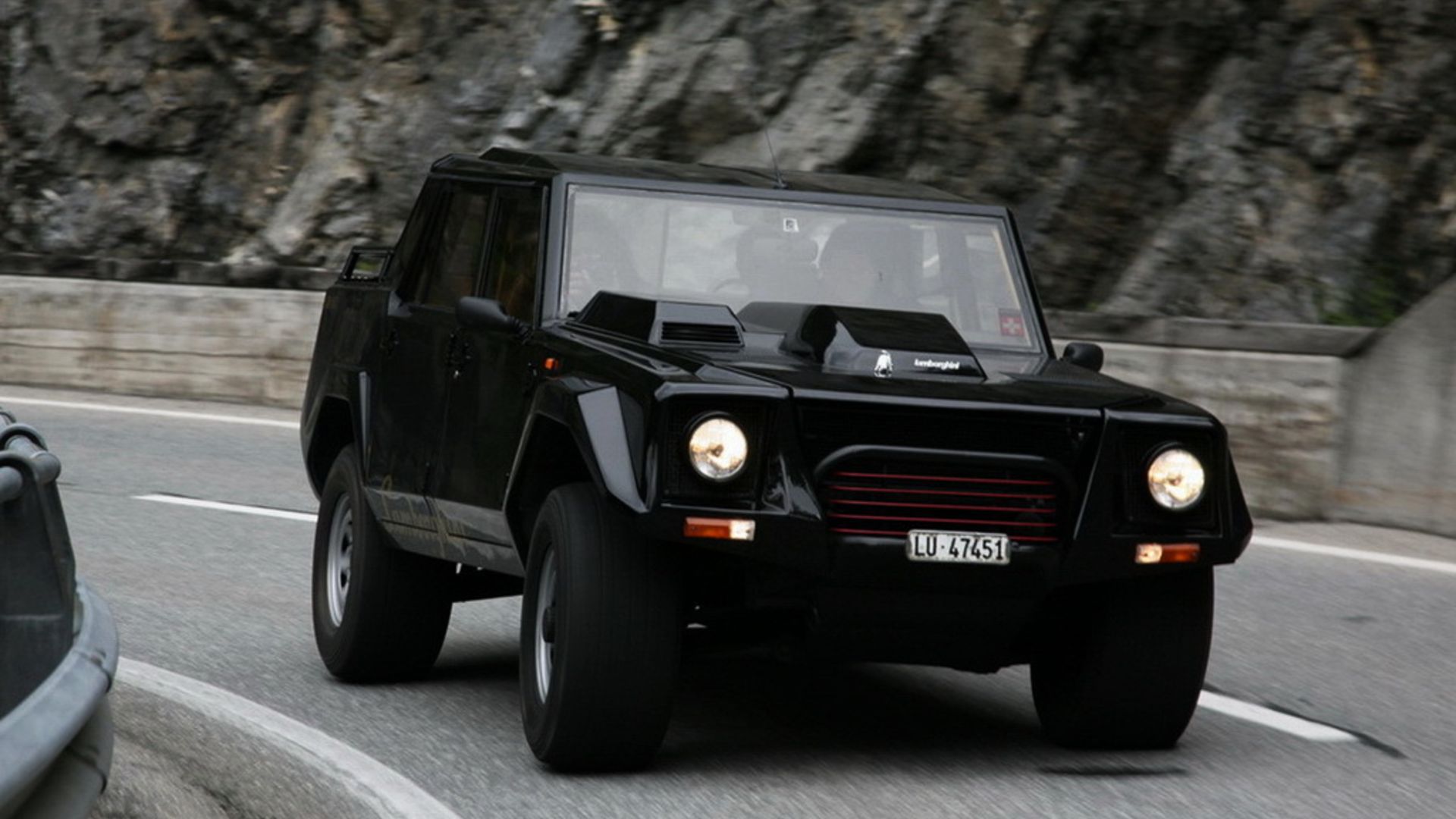
Decades before Porsche launched the Cayenne, Lamborghini was the first performance brand to build an SUV. The LM002 was a Countach V12-powered monster of a thing. It started life as the Cheetah military vehicle, although Lamborghini was swift to adapt it for road use. Not that it was very useful on the road. Built between 1986 and 1993, the ‘Rambo Lambo’ sold just 300 units. Just 10 years after the LM002 went out of production, a super SUV would prove to be Porsche’s saviour.
Lamborghini Miura
Some would argue that the Lamborghini Miura was the world’s first supercar, but this alone wouldn’t be enough for it to secure a place in a gallery focused on cars ahead of their time. Besides, there are other candidates for this crown. No, the Miura is here thanks to it being the world’s first mid-engined road-going supercar.
Find a used Lamborghini Miura on Auto Trader
Lancia Megagamma
Unveiled in 1978, the Italdesign Lancia Megagamma was way ahead of its time, built when monobox MPVs weren’t a thing. Based on the Lancia Gamma, Giugiaro’s concept featured a flat floor and a tall body to maximise space, with five doors and five seats. Four years later, Nissan launched the Prairie, with the MPV gaining universal appeal in 1984, with the launch of the Chrysler Minivan and Renault Espace.
Find a used Lancia on Auto Trader
Land Rover Series 1
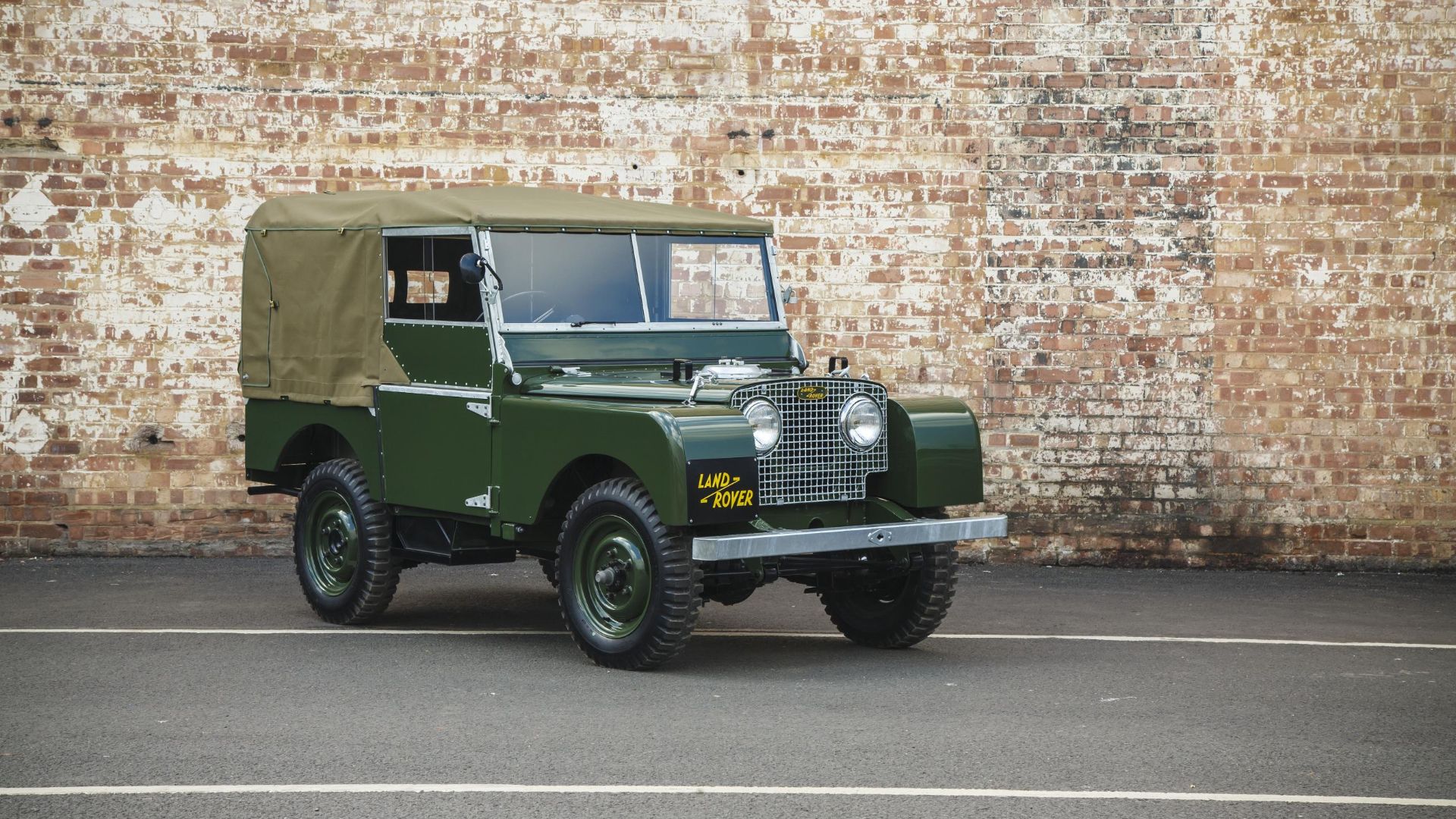
Conceived by the Rover Company in 1947, the Land Rover was envisioned as a lightweight utility vehicle for the masses. It was a road-going car with the field-hopping credentials of a tractor, in the silhouette of the Willys Jeep. Cars capable of driving off-road were nothing new, but with the Land Rover, a boxy, utilitarian legend was born.
Lotus Elite
Colin Chapman’s first road car made low-volume sports car production a reality and featured the world’s first glass-fibre monocoque, built by Bristol Aircraft. The Lotus Elite was beautiful, aerodynamic and dynamically perfect. Sadly, although the Elite was ahead of the curve, Lotus was still playing catch-up, and the pretty sports car left many owners high and dry.
Find a used Lotus Elite on Auto Trader
Lucas-Jaguar Prometheus
This might appear to be a slightly grainy photo of a 4.0-litre Jaguar, but it’s actually a semi-autonomous vehicle – from 1994. Lucas partnered with Jaguar to build a car with a highly advanced computer system and millimetric radar, delivering the kind of driver-assist systems we take for granted. The technology included adaptive cruise control, collision warning, lane guide centring and automatic emergency braking.
Matra-Simca Rancho
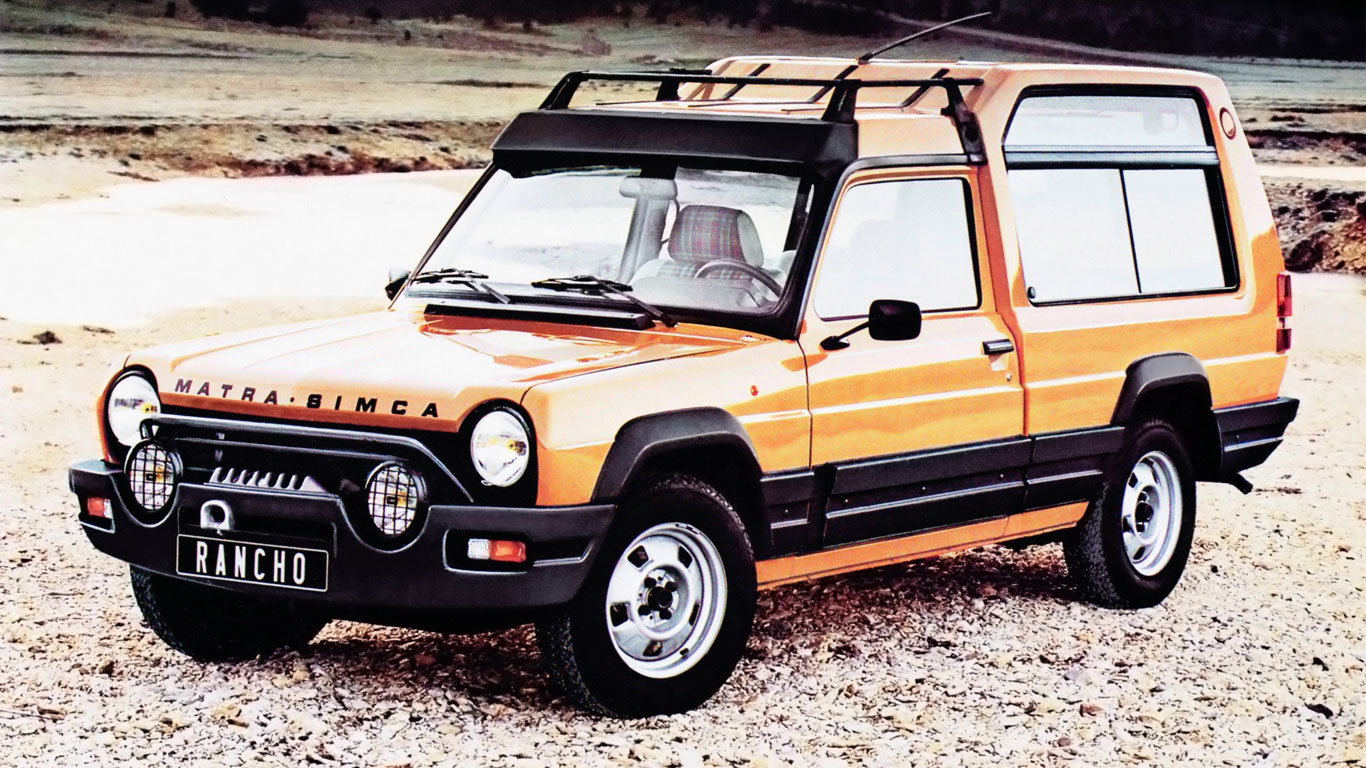
It might look like a full-fat 4×4, but the Matra-Simca Rancho was about as useful off-road as that Matchbox Superkings diecast model you probably owned as a kid. At the time, the press couldn’t understand the appeal of a front-wheel drive 4×4-lookalike, but the buying public disagreed, and some 56,700 Ranchos were built before production ceased in 1985. Today, the soft-roader or crossover is commonplace, but things were very different four decades ago.
Mazda Eunos Cosmo
Back in the early 90s, this was Mazda’s ‘Mystic Meg’: a glimpse into tomorrow’s world. As a result, the Eunos Cosmo was packed with the latest tech, complete with a touch-sensitive computer and the first twin-rotor Wankel engine. But the big news was the world’s first in-car GPS navigation system, featuring a roof-mounted antenna and an ability to pinpoint the car’s position to within 50 yards.
Find a used Mazda on Auto Trader
Mercedes-Benz 300 SL
Was this the world’s first supercar? The Mercedes-Benz 300 SL made its debut at the New York International Motor Sports Show in 1954, a fitting venue for a car built at the request of MB’s US importer, Max Hoffman. It had everything: a motorsport pedigree, undiluted performance, unique styling, and those famous gullwing doors. “The sports car of the future has become a reality,” said Road & Track in 1955.
Find a used Mercedes-Benz SL on Auto Trader
Mercedes-Benz CLS
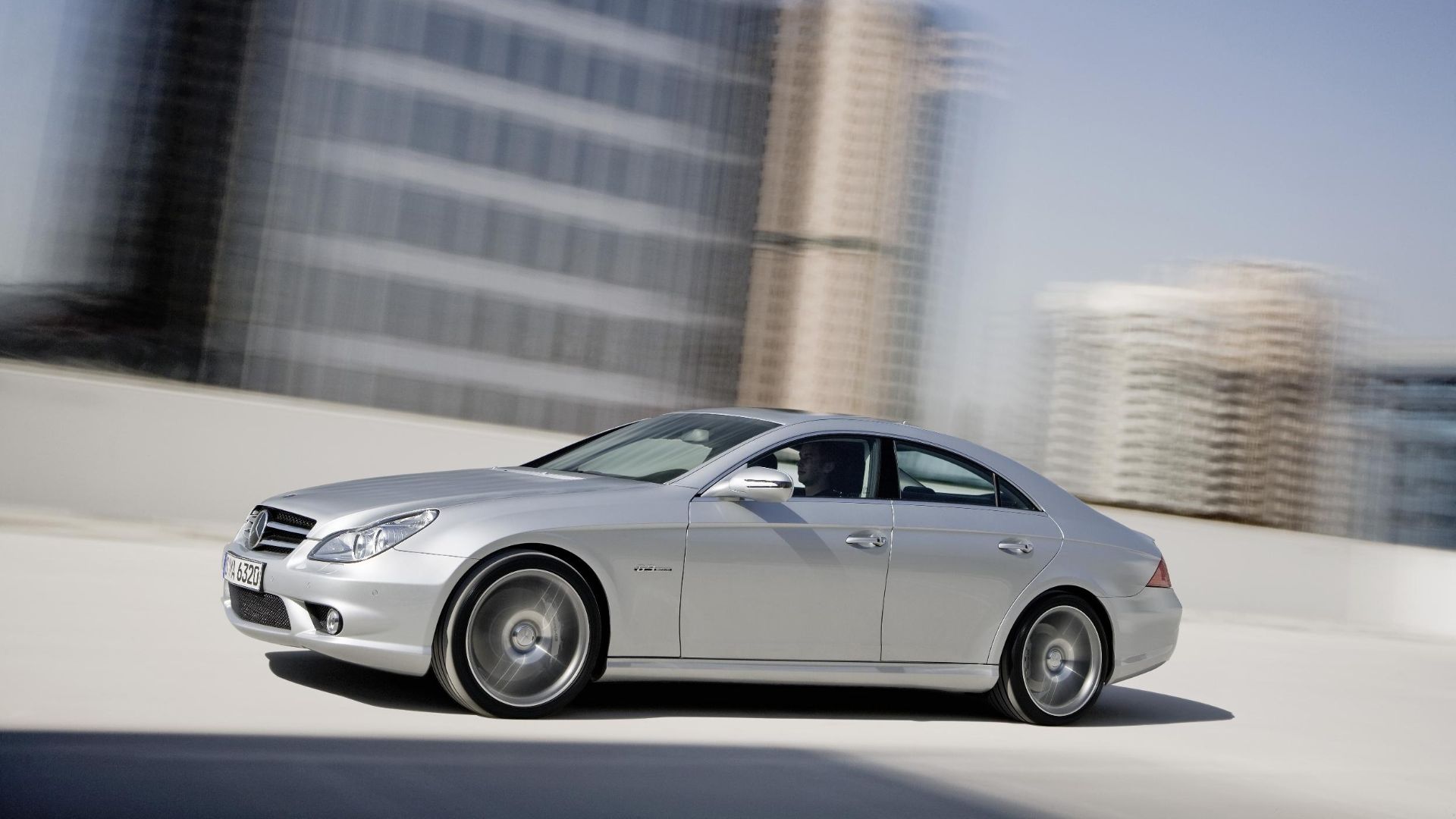
Many low and sleek four-doors came before the Mercedes-Benz CLS, not least the Aston Martin Lagonda at the head of this list. But the Merc put a name to the banana shape – it was the first ‘four-door coupe’. Previewed in concept form in 2003, it was a hit when it went into production in 2005. So much so that rivals from Audi, BMW and Porsche swiftly followed suit, with the A7, 6 Series Gran Coupe and Panamera. It even inspired Aston Martin to have another crack with the Rapide. Now Mercedes offers two luxury four-door coupes, splitting the sector with the AMG GT 4-Door and latest CLS.
Austin/MG Maestro
Look, don’t laugh, because the Maestro was quite the pioneer. To portray a forward-thinking image, Austin Rover used a solid state dashboard in high-end models, with the electronic package featuring a voice synthesiser. A computerised Nicolette McKenzie was on hand to warn you if you were about to run out of fuel or you had forgotten to fasten your belts. Sadly, for Austin Rover, Renault launched the 11 TXE Electronique a week before the Maestro’s press launch.
Find a used MG Maestro on Auto Trader
NSU Ro80
Looking at the NSU Ro80 today, it’s hard to believe that it was launched in 1967. The styling is more reminiscent of cars from the 1970s, even the 1980s, which is a credit to the genius of Claus Luthe. Innovations included glass-covered headlights, a clever three-speed automatic transmission with an H-pattern gear lever, and a body with the drag coefficient of just 0.36. Sadly, the rotary engine was hopelessly unreliable, with NSU replacing hundreds of engines under warranty.
Peugeot 401 Eclipse
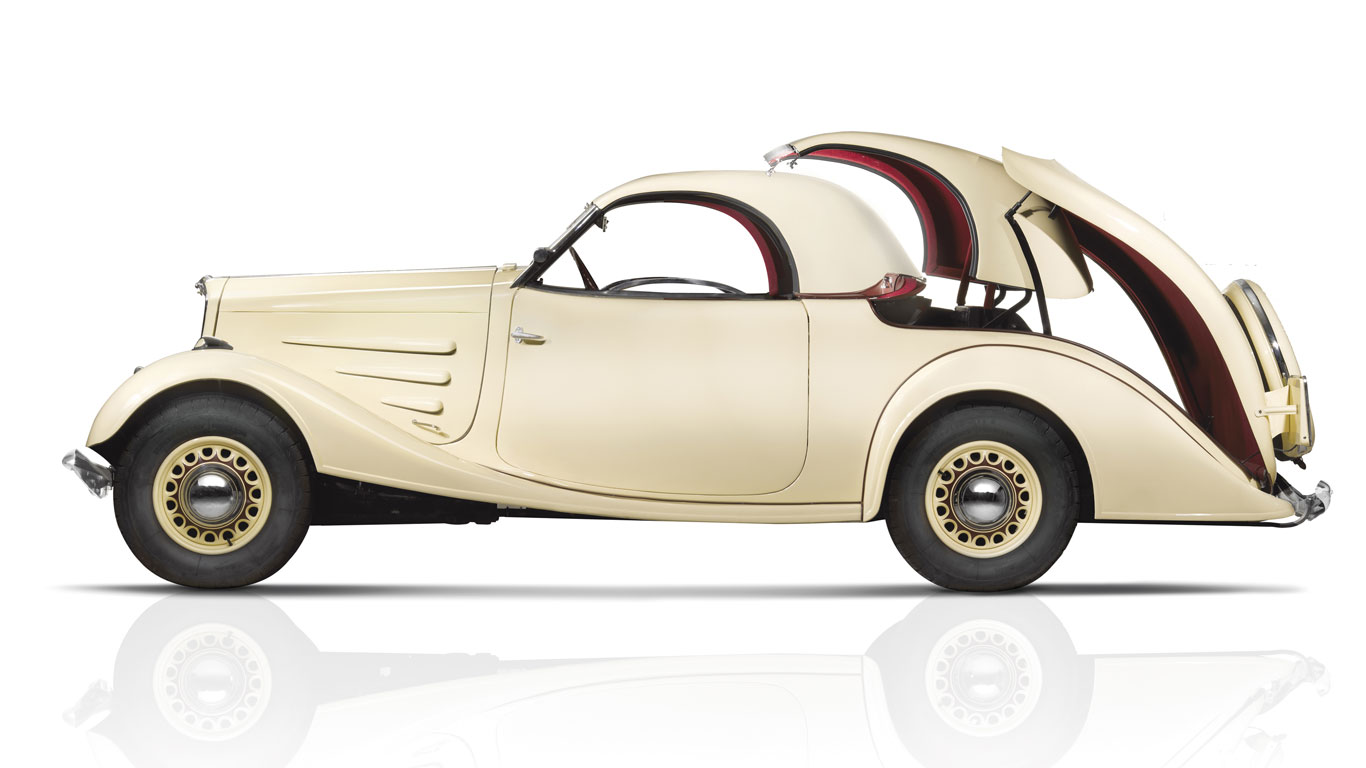
The world’s first retractable hardtop appeared in 1935 with the launch of the Peugeot 401 Eclipse. It was the result of a collaboration between French coachbuilder Pourtout and Peugeot’s Paris dealer, and 79 examples were built. The idea was about two decades ahead of its time, with Ford launching the Fairlane 500 Skyliner in 1957.
Find a used Peugeot on Auto Trader
Pontiac Aztek
You might not like the challenging styling, and that’s your prerogative, but the Pontiac Aztek dared to be different and said to car manufacturers that it’s OK to be gawky and left-field. Without the Aztek, we might not have seen the likes of the Nissan Juke, Toyota C-HR and Honda Element. Furthermore, Pontiac went to town with the whole ‘lifestyle’ thing, long before marketers realised the potential of pushing the weekender message.
Find a used Pontiac on Auto Trader
Porsche 959
The Porsche 959 couldn’t have been more different to its arch-rival, the Ferrari F40. While one represented the present – and indeed, a nod to 40 years in the business – the other was a tantalising look at the supercar of the future. Porsche developed an all-wheel drive system that could provide excellent traction while dealing with the problems associated with pushing the car to the limits. The current crop of all-weather Porsche models owe a great deal to the 959.
Find a used Porsche 959 on Auto Trader
Range Rover
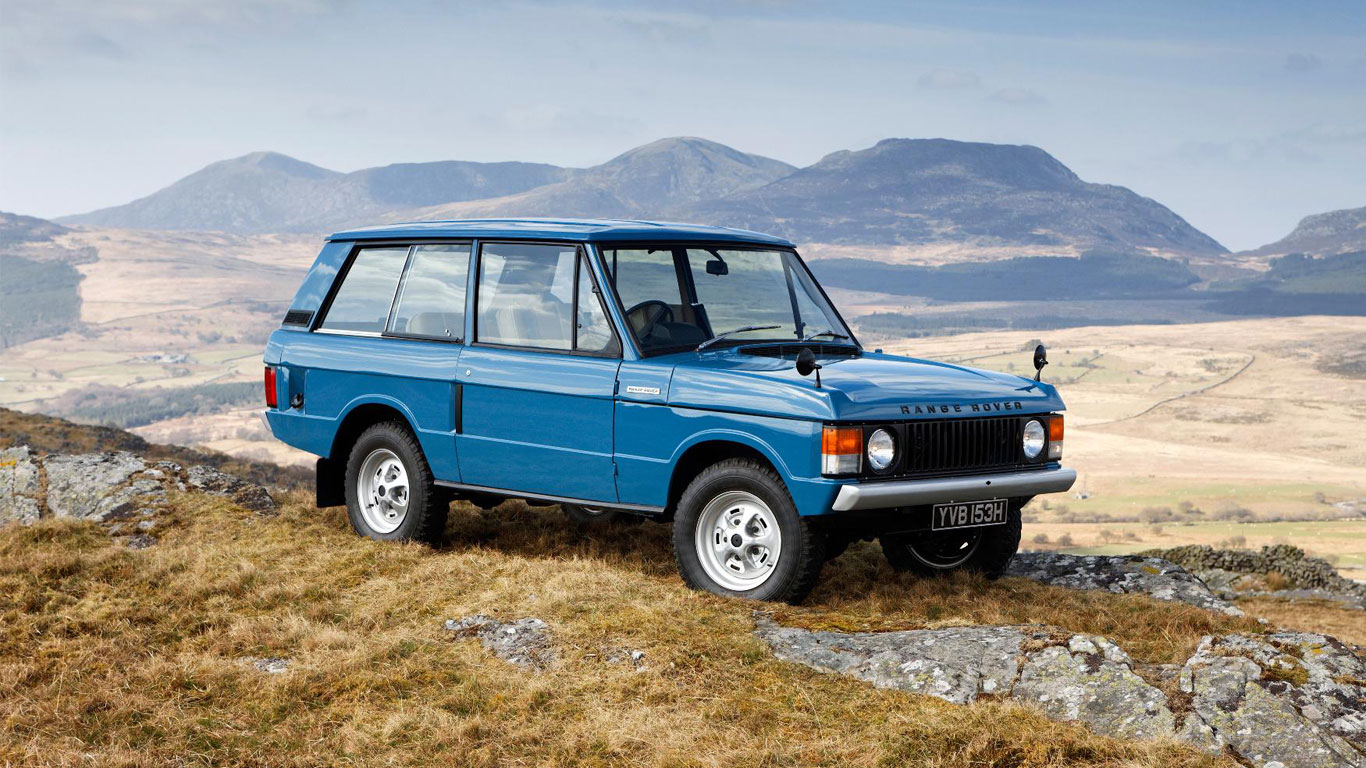
The Range Rover wasn’t the first luxury off-roader – that honour belongs to the Jeep Wagoneer – but it transformed the Land Rover brand and inspired countless copycats. Spen King’s hose-down original might be far removed from the super-posh Range Rover of today, but its impact on the segment cannot be underestimated.
Find a used Range Rover on Auto Trader
Renault 16
The hatchback wasn’t a new idea, but the Renault 16 of 1965 was the first upmarket family car to feature a tailgate. It also featured a highly flexible boot, which – thanks to the sliding, folding and removable rear bench – could be organised in six different layouts. In 1966, it was named Car of the Year, beating the Rolls-Royce Silver Shadow into second place. As an aside, the Renault 16 was the first French car to feature a French-built automatic transmission.
Find a used Renault 16 on Auto Trader
Renault Espace
If the Chrysler Minivan championed the MPV in North America, the Renault Espace did the same in Europe. It took a while for the idea to catch on – first month sales failed to get beyond single figures – but families grew to love the versatility and flexibility. Today, the MPV is a dying breed, set to be killed by the crossover.
Find a used Renault Espace on Auto Trader
Rover T3
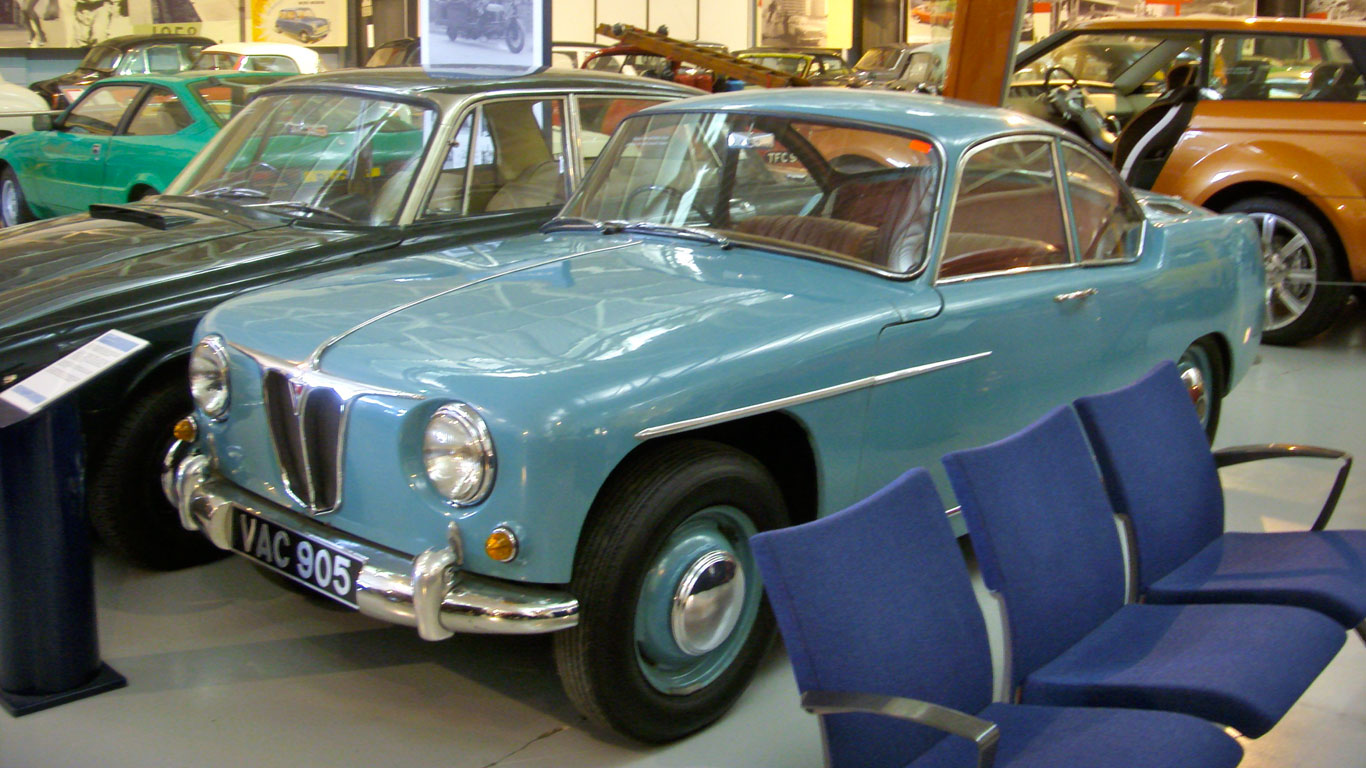
In 1950, Rover unveiled the JET1, a two-seater car powered by a gas turbine engine. Rover became involved with the development of jet engines during World War II and joined forces with BRM to build a gas turbine car for the 1963 Le Mans 24-hour race. Early models were based on the Rover P4, but the T3 of 1956 (pictured) was the first car specifically designed to house a gas turbine engine. It was ahead of its time, but for the jet-powered car, the future never game, despite Chrysler’s best efforts.
Find a used Rover on Auto Trader
Sinclair C5
Writing for Motoring Research, Richard Bremner said: “Some might say that the C5 was ahead of its time, but it’s doubtful that a tricycle travelling at snail-speed in the company of artics would be allowed on the road today. It would face the same construction and use troubles impeding the decidedly more brilliant Segway, which isn’t allowed on the road either, but has many more uses.” Harsh, but probably fair. Yet despite its apparent flaws, the Sinclair C5 was designed with the best intentions, albeit about three decades early.
Stout Scarab
The Stout Scarab of 1936 was arguably the world’s first MPV, complete with monoform construction and seating for six passengers. The driver’s seat and rear bench were fixed, but the other seats could be moved around to face each other or removed altogether. William Stout’s engineering credo, “Simplicate and add lightness”, would be adopted by Colin Chapman of Lotus fame.
Studebaker Avanti
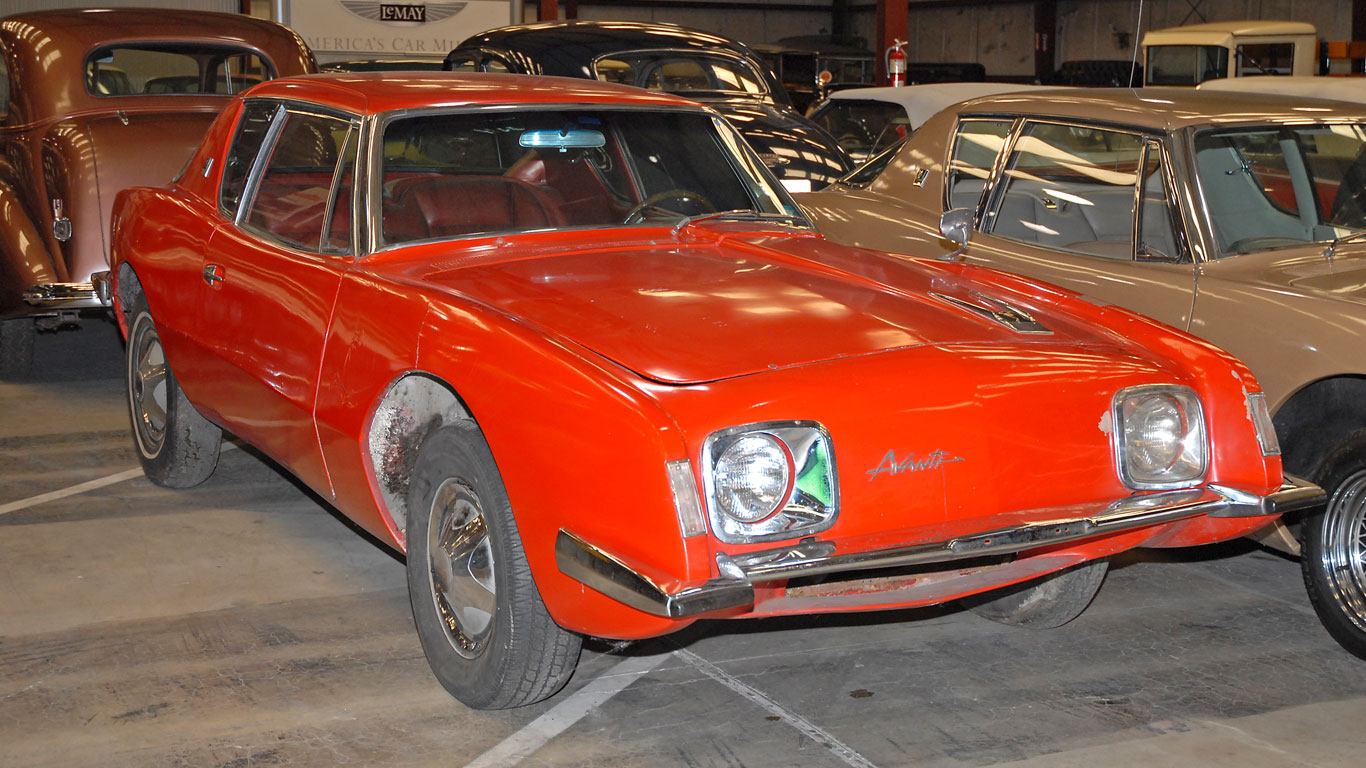
From a styling perspective, the Studebaker Avanti was one of the most forward-looking cars of the 20th century, yet its light shone all too briefly. Famously doodled by Studebaker’s president during a flight, the Avanti was rushed into production in record time, with the design credited to Raymond Loewy and Associates. America’s first mass-produced fibreglass four-seat passenger car introduced the world to the likes of a built-in roll cage, padded interior and no front grille. Pictured is the last Avanti produced, sold by Bonhams for £10,000 in 2010.
Tatra T87
The Tatra T87: “It’s like a refugee from an alternate timeline of a world that never happened. Being around a T87 makes you feel like you live in a world that split off from ours somewhere in the early 30s, and continued on to this utopia of gleaming, benevolent, elegant machines and avoided all of the horrors of the Depression and WWII and all that mess.” Wonderful words by Jason Torchinsky on Jalopnik.
Toyota RAV4
Toyota claims to have “single-handedly created the compact sports utility vehicle segment” with the RAV4, and there’s little doubt that the original car successfully combined the chunky looks of a 4WD vehicle with car-like dynamics. Underneath the lifestyle-led body, you’d find a Corolla, while the mechanicals were lifted from the Camry, Carina and even the Celica GT-Four. In its earliest form, the 2.0-litre 16v RAV4 could give a hot hatch a run for its money.
Find a used Toyota RAV4 on Auto Trader
Tucker 48
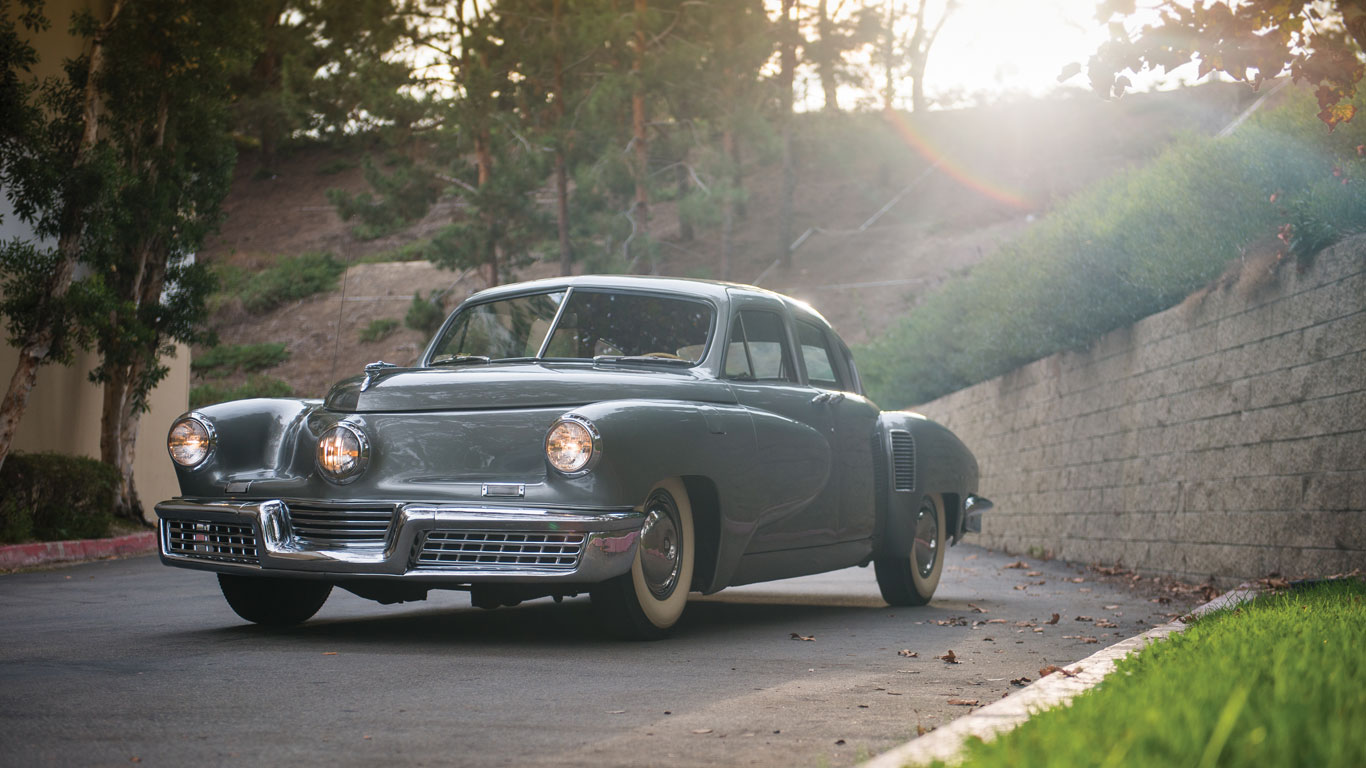
Preston Tucker assembled an all-star cast and the largest factory building in the world to bring the Tucker 48 to market. History will recall that, while the project was ill-fated, the Tucker 48 had the potential to be a hugely successful car. Not only did it look magnificent, it also featured the likes of a central headlight that swivelled when cornering; disc brakes; a pop-out windscreen; rear engine; and a padded dashboard. Pictured is Preston Tucker’s personal car, which sold at an RM Sotheby’s auction for just shy of $1.8m (£1.3m).
That is quite possibly the worse possible photo of a Studebaker Avanti I’ve ever seen. Seen in “Gattaca” 1997 future film that showcased the 1963 Avanti as a future car.